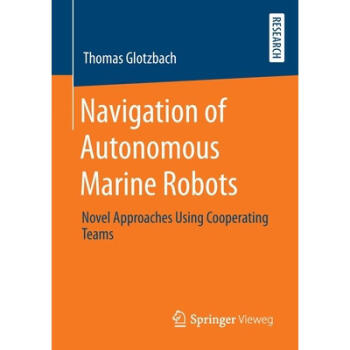|
In recent years, there has been a significant shift in the field of industrial automation with the introduction of collaborative robots, also known as cobots. These innovative machines are designed to work alongside human operators, enabling a new era of teamwork and efficiency on the factory floor. Collaborative robots are equipped with advanced sensors, artificial intelligence (AI), and machine learning capabilities that allow them to perceive their environment and adapt to changing conditions. Unlike traditional industrial robots that are confined to safety cages, cobots are designed to operate safely in close proximity to humans, thanks to their built-in safety features. One of the most notable advantages of collaborative robots is their ability to enhance productivity while maintaining a high level of safety. By automating repetitive and physically demanding tasks, cobots free up human workers to focus on more complex and cognitive-intensive activities. This not only increases overall productivity but also reduces the risk of injuries caused by repetitive strain or accidents in hazardous work environments. Moreover, the flexibility of cobots makes them suitable for various applications across different industries. Whether it's assembly line operations, quality control inspections, material handling, or even intricate tasks such as delicate electronics assembly, collaborative robots can be programmed and reprogrammed quickly to meet the specific needs of a production line. This versatility greatly enhances the agility and adaptability of manufacturing processes, allowing businesses to respond swiftly to changing market demands. Another significant aspect of collaborative robots is their user-friendly interface. Most cobots are designed with intuitive programming interfaces that require little to no coding knowledge. This means that even non-technical personnel can easily program and instruct the robot to perform specific tasks. Such ease of use democratizes robotics technology, making it accessible to a wider range of users and enabling rapid deployment on the shop floor. While some may express concerns about job displacement due to the integration of cobots, studies have shown that collaborative robots actually complement human workers rather than replace them. By automating repetitive and physically demanding tasks, cobots augment human capabilities, leading to higher job satisfaction and opportunities for upskilling. With the assistance of cobots, human workers can focus on tasks that require creativity, problem-solving, and decision-making skills, contributing to a more fulfilling work environment. In conclusion, collaborative robots represent a significant advancement in industrial automation. Their ability to work alongside humans in a safe and efficient manner is transforming traditional manufacturing processes. By enhancing productivity, flexibility, and user-friendliness, cobots are revolutionizing various industries and paving the way for a future where humans and machines collaborate seamlessly to achieve unprecedented levels of efficiency and innovation.  |
